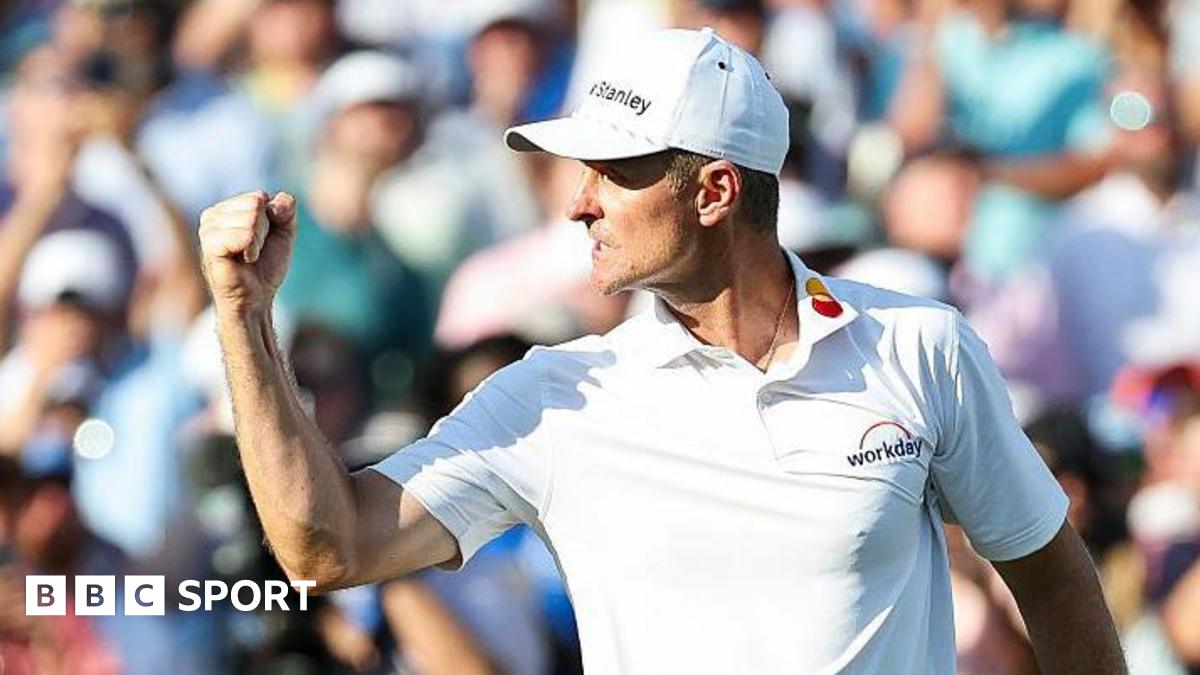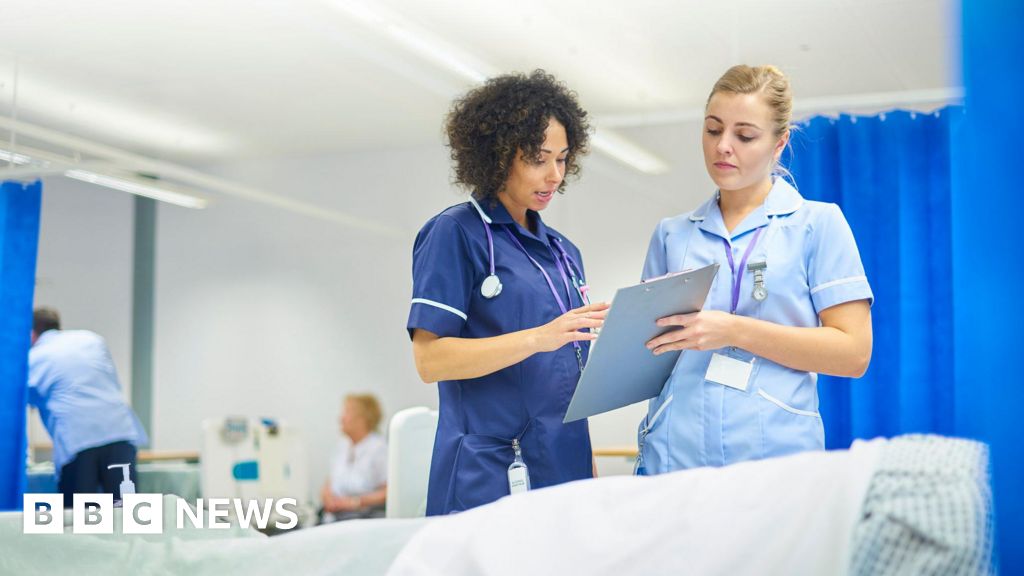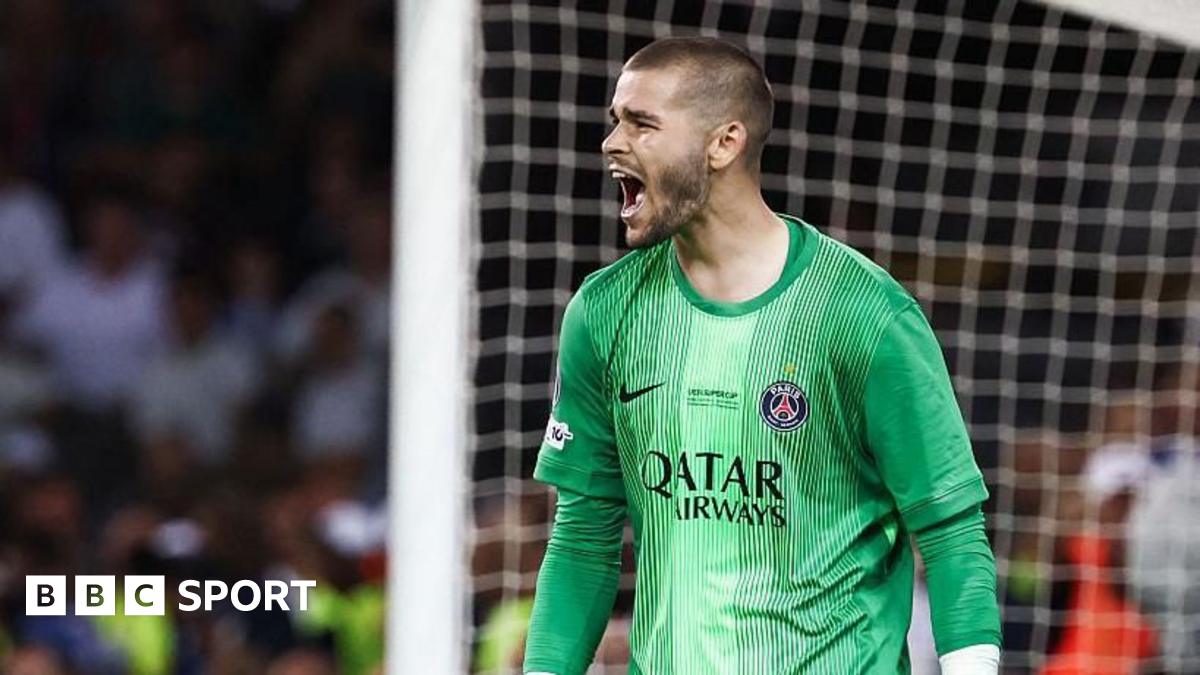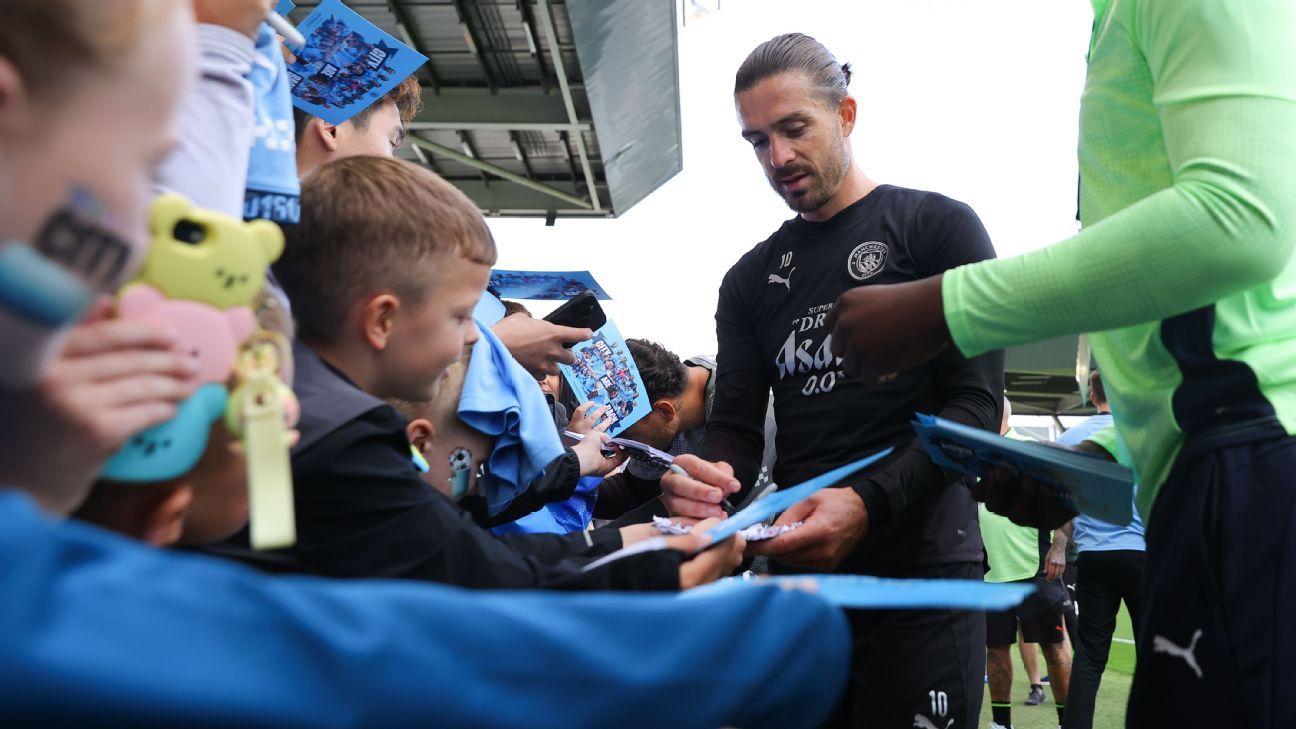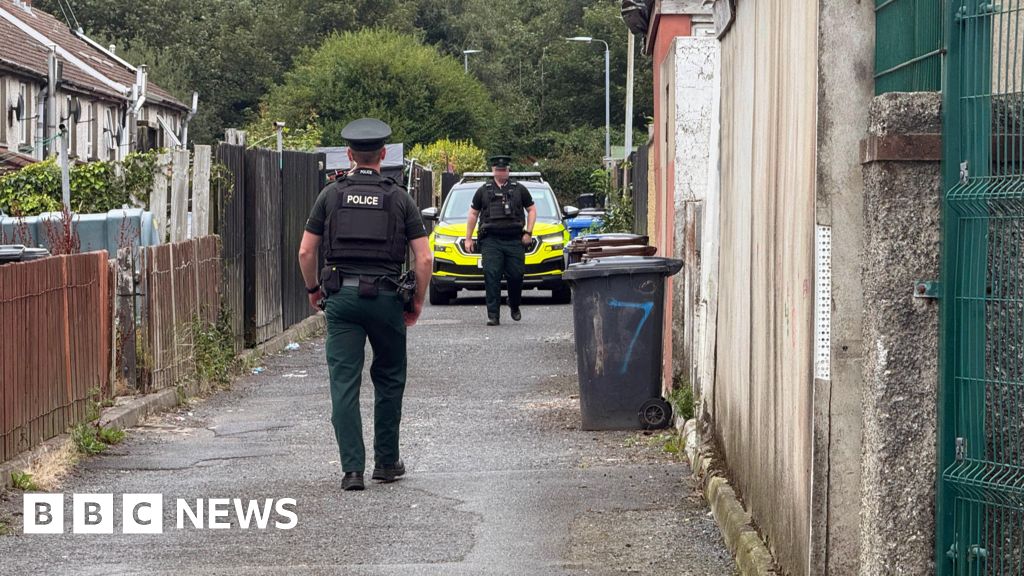NASA's stranded astronauts will face a long road to recovery after spending more than nine months in space.
Doctors told DailyMail.com that Sunita Williams and Butch Wilmore will not be able to walk on their own when they return to Earth this month due to living in low gravity.
When the crew emerges from the SpaceX capsule on either March 19 or 20, they will be immediately placed on stretches and immediately taken for medical evaluations.
Dr Vinay Gupta, a pulmonologist and Air Force veteran said the astronauts could need up to six weeks of rehabilitation to regain their strength, which will include guided exercise and a nutritional plan.
The crew will begin their rehabilitation program the very same day they return to Earth, with the first phase focusing on walking, flexibility and muscle strengthening.
Williams and Wilmore will also have been exposed to extreme levels of space radiation during their extended ISS mission.
In just one week on the ISS, astronauts are exposed to the equivalent of one year's exposure on Earth. This may increase their risk of developing cancer, central nervous system damage, bone loss and some cardiovascular diseases, according to NASA.
'If I was their physician, I would think about a more proactive strategy for cancer screening,' Dr Gupta said.
Doctors told DailyMail.com that NASA astronauts Sunita Williams and Barry Wilmore will face a grueling road to recovery after spending more than nine months on the ISS
'We want to take a different approach here, given that they had such a unique exposure history,' he said.
Williams and Wilmore were only supposed to spend eight days on the International Space Station (ISS) when they blasted off on June 5.
But a scourge of technical issues with their spacecraft, Boeing's Starliner, ultimately drove NASA to delay their return until they could hitch a ride home on a safer ship.
However, living on the ISS comes with its own risks.
Between low gravity and extreme levels of space radiation — not to mention the mental impact of being in such a confined space — this harsh environment takes a serious toll on the human body.
To combat the effects of living in low gravity, astronauts exercise for at least two hours per day on the ISS.
But it still isn't enough to stop muscle and bone loss, doctors told DailyMail.com.
Astronauts who spend long periods of time in low gravity 'lose musculature, they lose bone density,' Dr. John Jaquish, a biomedical engineer, said.
NASA astronaut Matthew Dominick was helped onto a stretcher after he emerged from SpaceX's Crew Dragon capsule on October 25, 2024. He spent 232 in space
NASA astronaut Tom Marshburn also could not walk on his own after he returned from a 176-day stay on the ISS, splashing down on May 6, 2022
In a simulated emergency landing of a shuttle crew at NASA Kennedy Space Center's Shuttle Landing Facility, emergency rescue personnel place an 'injured astronaut' onto a stretcher
'The human body needs the Earth's gravitational pull, and in an absence of that, a lot of things are not functioning correctly.'
Astronauts can lose up to 20 percent of their muscle mass after just five days in low gravity, and weight-bearing bones lose between one percent and 1.5 percent of their density per month during four-to-six-month ISS missions, according to NASA.
Research has shown that a 30 to 50 year old astronaut who spends six months in space loses about half their strength.
This not only leaves them physically debilitated when they return to Earth, but puts them at greater risk of bone fracture and premature osteoporosis, a disease that weakens bones as people age.
To reduce these impacts, astronauts work to make sure they are in peak physical condition before they embark on an ISS mission and continue to workout on the ISS to maintain.
But 'the reality is, they're effectively getting a fraction of the sort of exercise that we all take for granted just by walking in [Earth's] gravity,' said Dr Gupta.
NASA astronaut Raja Chari performs strengthening exercises after returning from a 177-day-long ISS mission
'Invariably, despite them doing all the right things (which I know they are) you're going to see a decrease in muscle mass and strength — no question.'
And it's not just their muscles and bones taking a hit. Low gravity impacts their cardiovascular health too.
That's because blood and other bodily fluids shift upwards towards the head, which means the cardiovascular system doesn't have to work as hard to maintain blood flow to the brain.
This can result in reduced blood volume and reduced function of the heart and blood vessels, according to NASA.
To regain their strength and cardiovascular endurance, Williams and Wilmore will need to stick to an intense rehabilitation program once they're back on Earth.
NASA astronauts who return from long ISS missions complete a 45 day rehabilitation program that consists of three phases.
After regaining some of their strength, flexibility and their ability to walk during phase one, the astronauts move onto phase two, which adds proprioceptive exercises and cardio reconditioning.
Proprioceptive exercises strengthen the body and improve the mind's perception of its movement and position.
Phase three, the longest phase, focuses on returning the astronaut to their optimal level of physical performance through functional development training.
Most astronauts return to their re-mission fitness level after the 45 days, according to NASA.
But it can take months or even years for some to recover, and research has shown that many astronauts never fully restore their bone density.
Williams and Wilmore could have a particularly difficult time rehabilitating from their longer-than-usual ISS mission.
Dr. Jaquish said they could still recover their pre-flight bone density if they use osteogenic loading, but it won't be easy.
Osteogenic loading involves exercises that strengthen bones by putting stress on them, such as squats, lunges or jumping.
But in order to stimulate bone growth, the astronauts' bones will have to bear a load 4.2 times their body weight, Dr. Jaquish said.
For reference, 'the world record squat is only four times body weight, so the minimum [weight] you need is more load than the world record holders,' he said.
In addition to reconditioning their bodies, Williams and Wilmore may need to rehabilitate their minds, according to psychiatrist Dr Carole Lieberman.
She said the astronauts will need to process intense emotions they may have been feeling during their time on the ISS, such as fear of dying and frustration or disappointment with having to stay in space longer than they planned.
While Williams and Wilmore have repeatedly stated that they have not been stranded or abandoned, Dr Liberman said: 'This may be partly true, but surely both astronauts will at least have some feelings of betrayal, resentment, anger that they either denied or actively hid from anyone on Earth.'
 (1).png)
 5 months ago
36
5 months ago
36












